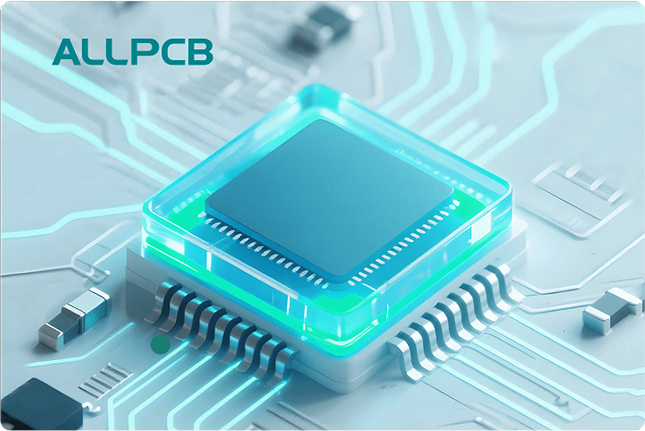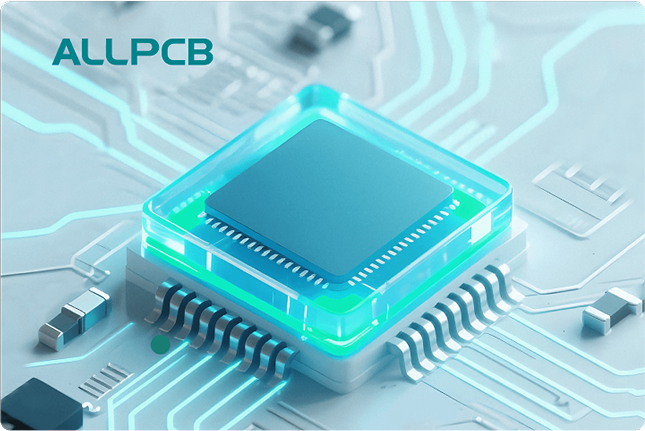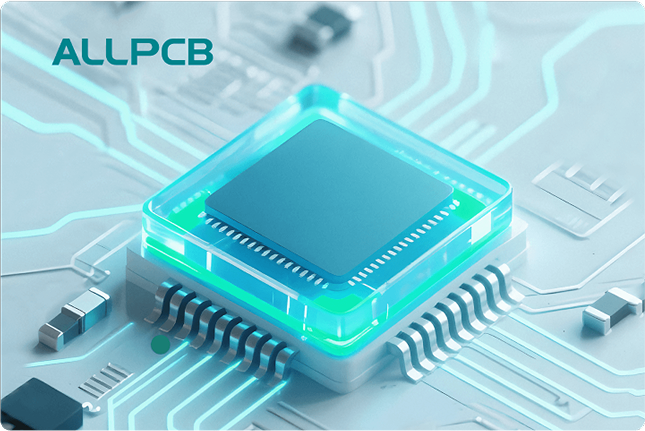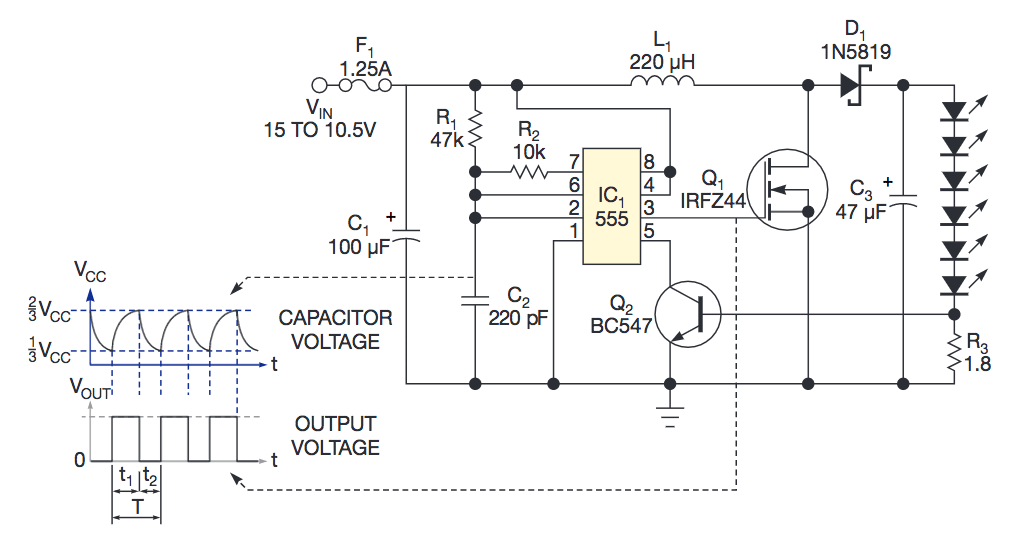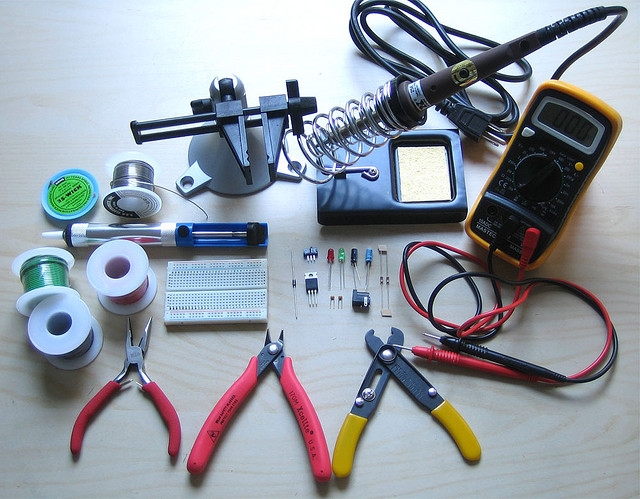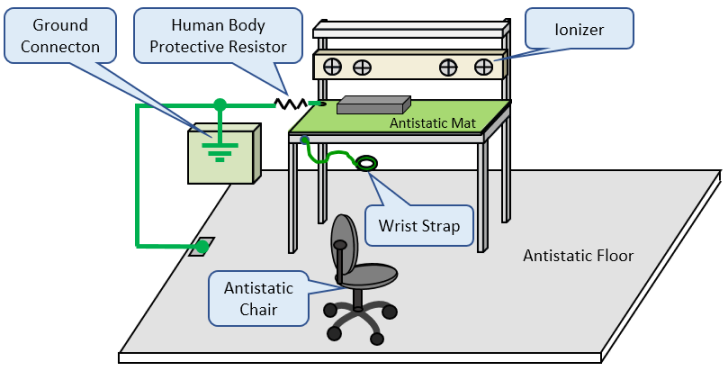If you're involved in electronics manufacturing or repair, you’ve likely heard of IPC standards. But what exactly are IPC rework standards, and how do they apply to the repair and modification of electronic assemblies? In short, IPC standards, particularly IPC-7711/7721, provide detailed guidelines and best practices for reworking, repairing, and modifying printed circuit boards (PCBs) and electronic assemblies to ensure reliability and quality. These standards are globally recognized and help professionals maintain consistent results in soldering, component replacement, and more.
In this comprehensive guide, we’ll dive deep into IPC rework standards, IPC repair guidelines, and the significance of IPC-7711/7721. We’ll also explore IPC rework certification and IPC standards for soldering, offering practical insights for engineers and technicians. Whether you’re new to electronics or a seasoned professional, this post will help you understand how to apply these standards to achieve high-quality results in your projects.
What Are IPC Standards and Why Do They Matter?
IPC, or the Institute of Printed Circuits, is a global trade association that develops standards for the electronics industry. These standards cover everything from design and manufacturing to assembly and repair. They are created by industry experts to ensure consistency, safety, and reliability in electronic products.
For rework and repair, IPC standards are crucial because they provide a framework for handling delicate components and assemblies. Without standardized procedures, there’s a risk of damaging expensive PCBs or creating unreliable connections. By following IPC guidelines, technicians can minimize errors, reduce defects, and ensure that repaired assemblies meet the same quality standards as newly manufactured ones.
Breaking Down IPC-7711/7721: The Core of Rework and Repair
At the heart of IPC rework and repair standards lies IPC-7711/7721, a comprehensive document titled "Rework, Modification, and Repair of Electronic Assemblies." This standard is split into two parts:
- IPC-7711: Focuses on rework procedures, which involve removing and replacing components or correcting defects on a PCB without changing its original design.
- IPC-7721: Covers repair and modification, including restoring damaged boards or altering their design to meet new requirements.
Updated regularly to reflect advancements in technology, the latest revision, IPC-7711/7721D, includes procedures for both lead-free and traditional tin-lead (SnPb) soldering. It provides detailed instructions on tools, materials, and methods for tasks like:
- Removing and replacing surface-mount and through-hole components.
- Repairing damaged traces or pads on a PCB.
- Modifying assemblies using jumper wires or other techniques.
For example, when replacing a ball grid array (BGA) component, IPC-7711 offers specific guidelines on using focused infrared (IR) reflow systems with preheaters to avoid thermal stress. It recommends maintaining a temperature profile where the peak temperature does not exceed 245°C for lead-free solder, ensuring the integrity of surrounding components.
Following these precise steps helps maintain the reliability of the assembly, preventing issues like cold solder joints or lifted pads, which can lead to failures in critical applications.
Key IPC Rework Standards and Repair Guidelines
IPC rework standards and repair guidelines are designed to address common challenges in electronics assembly. Here are some of the key principles and procedures outlined in IPC-7711/7721:
1. Proper Tool and Material Selection
Using the right tools is essential for successful rework and repair. IPC standards specify tools like soldering irons with temperature control (typically set between 300°C and 350°C for lead-free solder), desoldering stations, and precision tweezers. Materials such as flux, solder wire (often 0.5mm to 1.0mm in diameter for fine work), and cleaning agents are also detailed to ensure compatibility with modern PCB designs.
2. Coating Removal and Surface Preparation
Before rework or repair, protective coatings like conformal coatings must be removed. IPC-7711 provides methods for safely stripping coatings using solvents or mechanical abrasion without damaging the board. Surface preparation, including cleaning with isopropyl alcohol (IPA) to remove contaminants, is emphasized to ensure strong solder joints.
3. Component Removal and Replacement
Removing components without damaging the PCB or nearby parts is a delicate process. IPC guidelines recommend using controlled heat to melt solder (e.g., maintaining a dwell time of 2-5 seconds per joint) and employing vacuum desoldering tools for through-hole components. Replacement involves aligning new components precisely and applying solder with minimal thermal stress.
4. Repairing Damaged Traces and Pads
Damaged traces or pads can render a PCB unusable, but IPC-7721 offers repair techniques like using conductive epoxy or soldering jumper wires. For instance, when repairing a trace, the standard suggests cleaning the area, applying a thin layer of epoxy with a resistivity of less than 0.001 ohm-cm, and curing it at specified temperatures.
These guidelines ensure that repairs are not just functional but also durable, meeting the same performance criteria as the original design.
IPC Standards for Soldering: Ensuring Quality Connections
Soldering is a fundamental skill in rework and repair, and IPC standards for soldering are detailed in documents like IPC J-STD-001, which complements IPC-7711/7721. This standard outlines requirements for soldered electrical and electronic assemblies, focusing on:
- Solder Joint Acceptability: Solder joints must be smooth, shiny, and free of defects like cracks or voids. For example, a fillet height of at least 75% of the component lead height is often required for through-hole soldering.
- Temperature Control: Overheating can damage components or boards. IPC recommends a maximum soldering iron tip temperature of 350°C for most applications, with exposure times kept under 5 seconds per joint.
- Lead-Free Soldering: With the rise of lead-free assemblies, IPC standards address higher melting points (around 217°C to 221°C for SAC305 alloy) and the need for compatible fluxes to prevent issues like tin whiskers.
By adhering to these soldering standards during rework, technicians can avoid common issues like insufficient wetting or thermal damage, ensuring long-term reliability of the assembly.
The Importance of IPC Rework Certification
IPC rework certification, particularly for IPC-7711/7721, is a valuable credential for electronics professionals. This certification demonstrates a technician’s competence in applying IPC standards to real-world rework and repair tasks. It is often delivered by certified trainers and includes both theoretical knowledge and hands-on skills assessments.
Benefits of IPC rework certification include:
- Enhanced Skills: Training covers advanced techniques like BGA rework, micro-soldering, and trace repair, often requiring precision under a microscope.
- Industry Recognition: Certification is recognized worldwide, making certified individuals more competitive in the job market.
- Quality Assurance: Certified professionals are more likely to produce consistent, high-quality results, reducing rework costs and improving customer satisfaction.
For companies, having certified staff ensures compliance with industry standards, which is often a requirement for contracts in sectors like aerospace, automotive, and medical electronics.
How to Implement IPC Standards in Your Workflow
Applying IPC rework standards and repair guidelines in your daily work doesn’t have to be complicated. Here are some practical steps to get started:
- Access the Standards: Obtain the latest version of IPC-7711/7721 and related documents. Digital copies are often available through official IPC channels or authorized distributors.
- Train Your Team: Invest in IPC rework certification for yourself or your staff to build expertise and ensure consistent application of standards.
- Use Recommended Tools: Equip your workspace with tools and materials that meet IPC specifications, such as temperature-controlled soldering stations and high-quality flux.
- Document Procedures: Create internal checklists based on IPC guidelines to standardize processes like component removal or trace repair.
- Inspect and Test: After rework or repair, inspect solder joints and test the assembly for functionality. Use tools like multimeters to check for continuity (ensuring resistance is below 0.1 ohms for critical connections) and verify performance.
By integrating these practices, you can improve the quality of your rework and repair processes, leading to fewer failures and happier clients.
Common Challenges in Rework and Repair (and How IPC Standards Help)
Rework and repair often come with challenges like thermal damage, component misalignment, or inconsistent solder joints. IPC standards address these issues by providing clear solutions. For instance:
- Thermal Damage: IPC-7711 specifies maximum temperatures and exposure times (e.g., not exceeding 260°C for more than 10 seconds on sensitive components) to prevent overheating.
- Misalignment: Detailed alignment techniques and visual aids in the standards help ensure components are placed correctly before soldering.
- Inconsistent Joints: IPC standards for soldering emphasize proper flux application and solder volume (e.g., using 0.8mm solder wire for fine-pitch components) to achieve uniform results.
By following these guidelines, you can tackle common problems with confidence and precision.
Conclusion: Elevate Your Electronics Work with IPC Standards
Understanding and applying IPC rework standards, IPC repair guidelines, and IPC standards for soldering is essential for anyone involved in electronics assembly and repair. The IPC-7711/7721 standard serves as a vital resource, offering detailed procedures to ensure high-quality results in rework, modification, and repair tasks. Additionally, pursuing IPC rework certification can enhance your skills and credibility in the industry.
By integrating these standards into your workflow, you can achieve reliable, consistent outcomes that meet global quality benchmarks. Whether you’re repairing a damaged PCB trace or replacing a complex BGA component, IPC guidelines provide the roadmap to success. Start exploring these standards today to take your electronics projects to the next level.
At ALLPCB, we’re committed to supporting engineers and technicians with resources and services that align with industry best practices. Let’s build better electronics together by adhering to the proven frameworks of IPC standards.
 ALLPCB
ALLPCB


